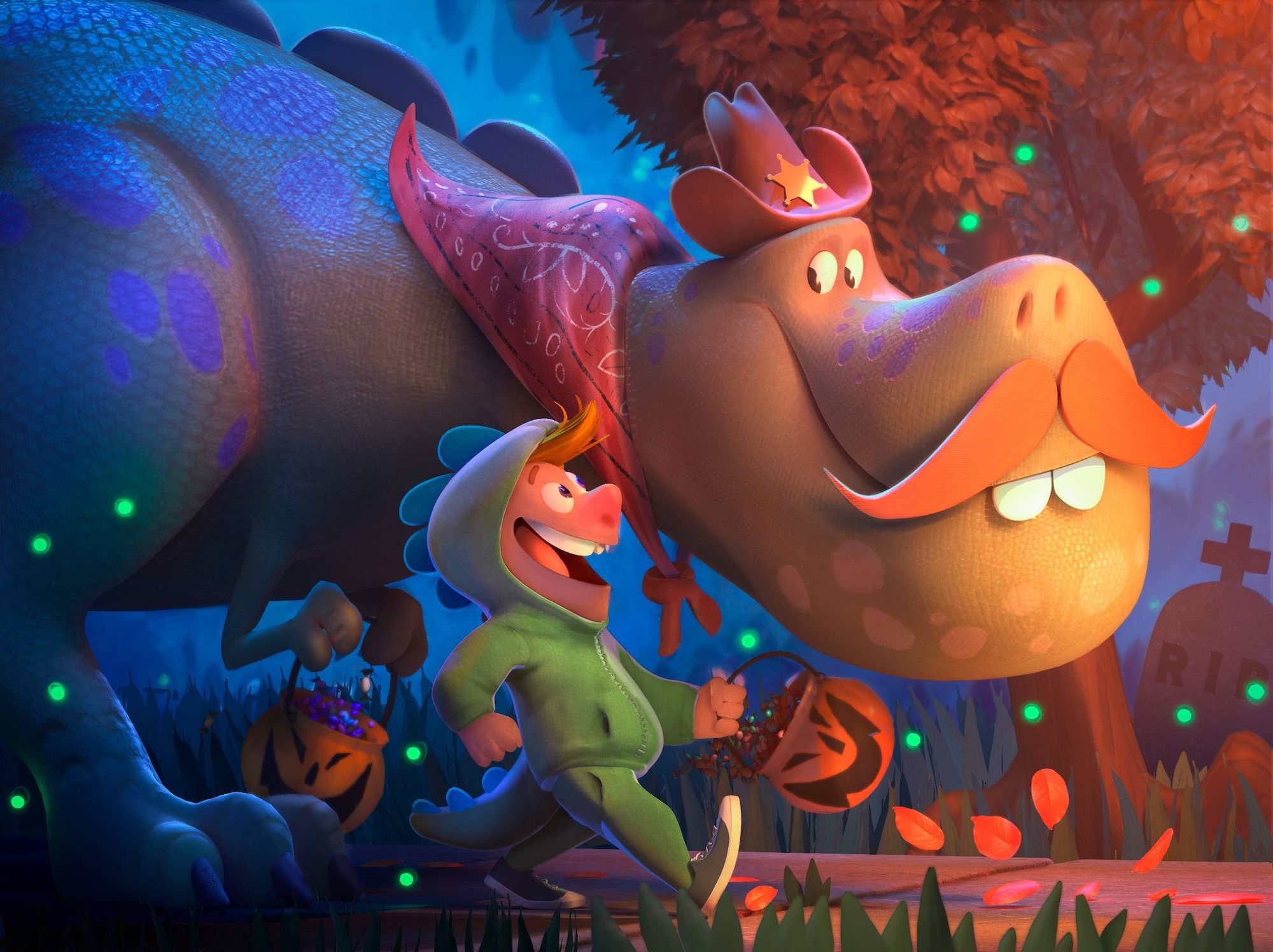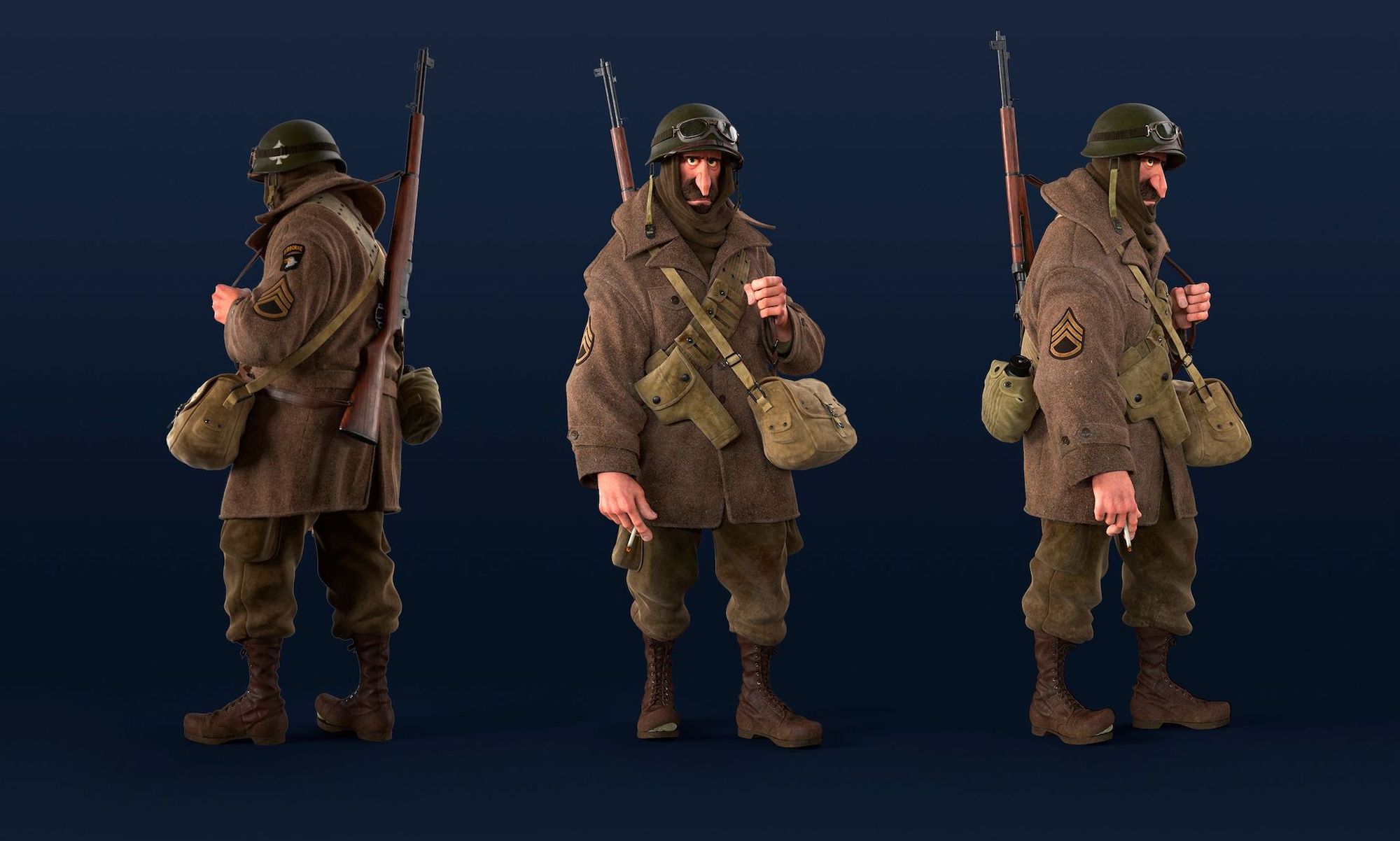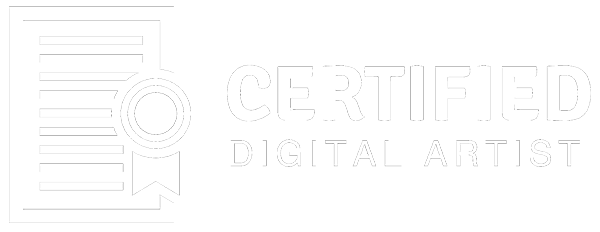What is a Texture Artist?
A Texture Artist is someone who adds layers of colour and texture to a CG asset to make it look realistic. Without them, CG assets and environments would just be a boring, uninteresting grey colour. The primary consideration a Texture Artist has to consider is how they contribute to the overall story of a CG Asset. Like the Modeller, a Texture Artist is one of the storytellers behind a CG asset.
Let’s think about a spaceship and how it would look on its maiden voyage. Would it be old and rusted, with paint flecks peeling away or would it be clean and shiny with a fresh coat of paint? What texture would make sense in relation to the film’s overall story?
Entry Level Skills & Capabilities
The following information outlines the exact skills you need to demonstrate as a Certified Digital Artist. You must be proficient and capable of completing all these skills and capabilities.
1. Communication skills
- Strong communication skills to describe and present your work with confidence
- Willing to show progress frequently and able to receive and discern feedback objectively
2. Reference Gathering
- Preparing references adequate to meet requirements of a briefed task
- Basic understanding of photography skills
- Bonus: Comfortable using Macbeth Chart to neutralise reference images
3. Task Preparation
- Quality control models before texturing (edge loops, flipped normals, holes)
- Quality control UVs, material ID tags and render attributes correctly setup
- Ability to remove all lighting information from reference images
- Able to create seamless and tileable textures
- Extract displacement and normal maps from Lidar/Cyber scans
- Bonus: Comfortable re-projecting high-resolution data to low-resolution models
4. Topology / UVs / Maps
- Preparing UVs to make the texturing process efficient and organised: Ability to review and layout UVs ( Overlapping UVs, Non-symmetrical, Outside 0-1, )
- UV layout knowledge such as UV ratio (texel density) and resolution required: Understanding placement of seams
- UVs grouped based on material types
- Basic understanding of different maps/channels and how they work in look-dev: specular, bump and how they react once connected to a shader
- Ability to produce maps with consistent levels of the same details, while also preserving the most photo-realistic look possible
- Ability to create balanced secondary maps with correct values
- Create procedural textures maps and looks for efficiencies
- Ability to hand-paint maps and create unique masks for various departments
- Ability to perform painting workflows and create materials for a unified material library
5. Texture Projection
- Ability to export cameras from 3D software and import cameras into 3D paint software.
- Ability to project textures onto a model. Seamlessly blend the projections together using clone/tow brush to take out imperfections
- Capable of colour correcting texture maps
- Capable of baking reference photography to a usable texture
6. Shader Knowledge
- Understanding metallic versus dielectric materials
- Use generated texture maps to build basic shaders for look-dev
- Understand what texture maps are used to support look-dev (AO, curvature, masks)
- Prepare shader files for lighting (organised shading networks with correct naming)
- Bonus: Demonstrate an understanding of Physically Based Rendering (PBR) workflows
7. Colour Space
- Understanding how to grade on-set data, for texture use in the correct colour space
- Basic understanding of colour management & working with Look Up Tables (LUTs)

Traditional Proficiencies
- Proficient in using drawing tools such as pencils, pens, and paper.
- Proficient using painting tools (easels, paintbrushes, paints)
Software Proficiencies
Ability to use one or more of the following software packages:
- Autodesk Maya
- Substance Suite
- Mari
- Mudbox
- Quixel
- Photoshop
- V-Ray
- Arnold
- Bonus: ZBrush
- Bonus: Nuke
- Bonus: Houdini
- Bonus: Katana
- Bonus: Renderman
Prerequisites
These skills are equally important in terms of your understanding and ability to do this role. Although they are not skills or knowledge that is officially certified, it will be obvious to recruiters and Certified Digital Artist(CDA) reviewers if you have knowledge in these areas.
Art Fundamentals
- Observational skills
- Lighting
- Composition
- Colour Theory
- Form
Life Skills & Communication
- Thinking Critically
- Motivated
- Demonstrate having a good/critical eye
- Respect
- Responsibility
- Reliability
- Problem-solving
- Communication Skills
- Conflict Management
- Taking initiative
- Collaboration
- Time Management

Portfolio Projects
Roles in Creative Media & Entertainment industries are quite different to traditional roles. As a Digital Artist, you need to prove your creative and technical abilities which require an online portfolio filled with projects that showcase your work. One of more of the following projects should be included in your digital portfolio to demonstrate your skills and abilities to perform the required skills of this role.
- Texture and Render a stylistic prop - UV and texture a simple 3d model. Create custom UV layout, texture maps. Show off texturing techniques, reference used, and a final turntable renders matching the reference.
- Texture an organic and hard-surface model - This shows an understanding of how various materials react to lighting and work cohesively together.
- Texture and render a creature based on provided concept art sourced and approved by another artist.
- Bonus: Texture and Render a Hero Level Realistic Prop (UDIMs) - Show UV layout based on material types and ability to render a prop with multiple shaders.


